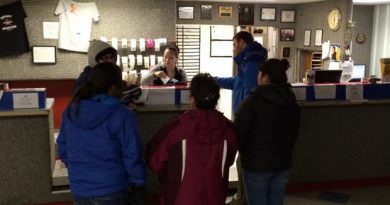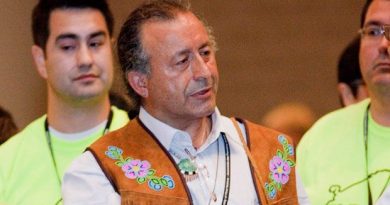Recognizing the Black soldiers who helped build the Alaska Highway
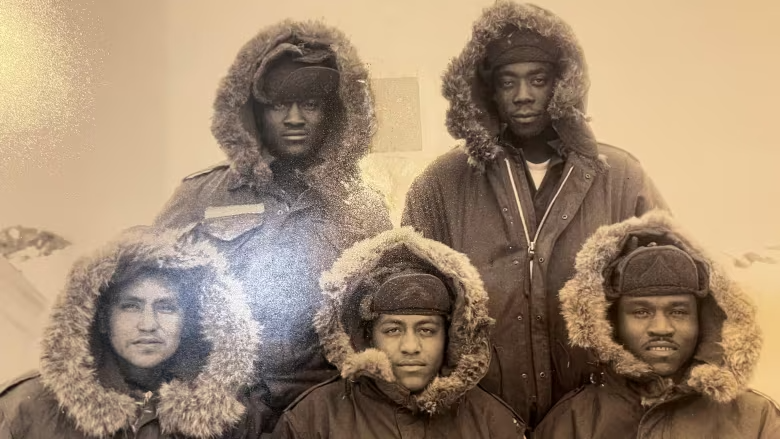
· CBC News
Segregated troops laid the foundation of 2,400 km road linking Alaska to Dawson Creek
The Alaska Highway is one of the most legendary routes in North America, running over 2,200 kilometres from Dawson Creek, B.C., to Delta Junction in Alaska.
It connects Alaska with the lower 48 states, passing through the Yukon and British Columbia along the way and was completed in 1943 with bulldozers, shovels and manual labour.
But the legacy of the Black soldiers who helped build it has long been overlooked.
In recent years, American lawmakers and a Canadian author have endeavoured to right that wrong, one voting to set aside a day of recognition for the soldiers and the other writing a book about the Black history behind the highway.
Project origins
At the height of the Second World War, in the aftermath of Japan’s attack on Pearl Harbour, 11,000 American troops were shipped out to build the foundation of the Alcan (as the highway was formerly known).
About a third of those soldiers were Black, part of three all-Black regiments sent to work on the highway in a military that was still segregated and didn’t allow Black soldiers to carry out sensitive assignments or fight on the front line.
In 2017, on the 75th anniversary of the highway’s construction, Leonard Larkins said it was “way past time” he and the other Black soldiers who worked on the project got their due.
Larkins worked with the 93rd Engineers, helping clear a path through virgin wilderness on both sides of the border. He remembered the shock of Arctic temperatures he experienced for the first time as a young man from Louisiana.
“You can’t stand there too long, you know. It’s entirely too cold,” he said.
A ‘watershed moment’
A photo of the meeting of bulldozers — when Black Cpl. Refines Sims Jr. and white Private Alfred Jalufka met in the middle and cleared the final link of the eventual highway in the Yukon forest — was a watershed moment for integration, according to the New York Times.
Fighting through freezing temperatures and permafrost in the winter, which turned to sweltering heat, mud and mosquitos in the summer, the Black soldiers defied the expectations of their white supervisors and debunked notions of racial inferiority by producing quality work in extremely difficult conditions.
American journalist, author and historian Lael Morgan, who died in August 2022, researched the highway project for its 50th anniversary and was largely credited with introducing it to a modern audience.
She said before the Alaska Highway’s construction, Black soldiers were mainly relegated to housekeeping and clerical duties. And when the highway was completed, their role was reduced to a historical footnote, and only a fraction of the photographs publicly shared showed any of the Black soldiers who contributed.
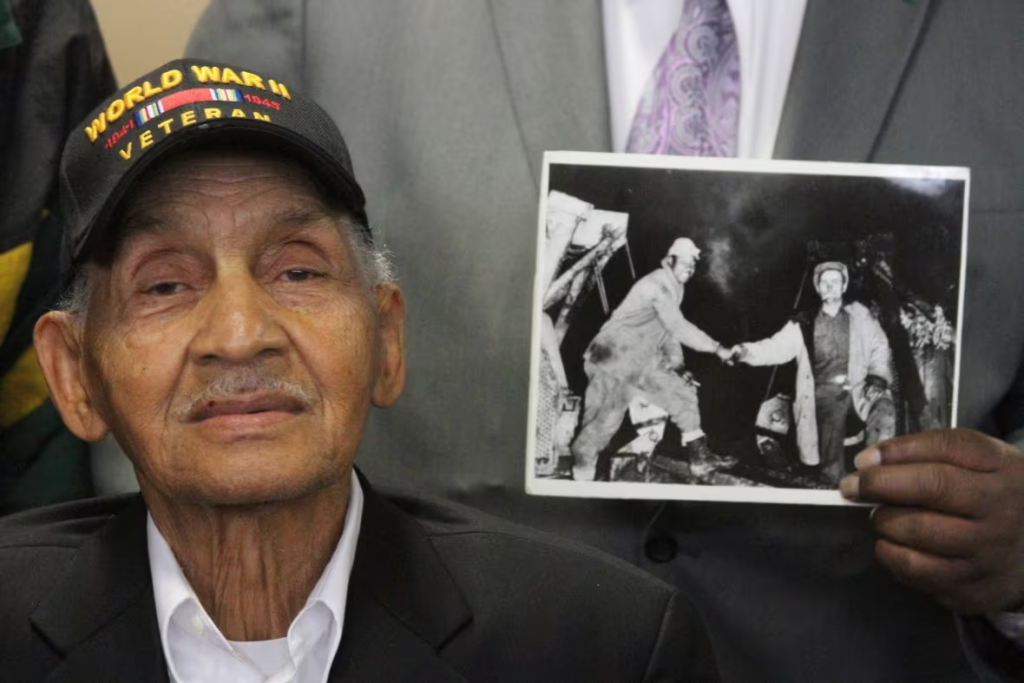
Ken Coates, a professor and Canada research chair in regional innovation in Saskatchewan, has also studied the history of the highway and says Black American soldiers literally laid the foundation for the monumental highway. They felled countless trees, laid wood across the swamp and permafrost and covered it in brush, branches and dirt so engineers, contractors and civilian workers following behind could complete the roadway.
“It is impossible to imagine in this day and age … that a comparable group of people could accomplish this much with as few tools,” said Coates. “They had some bulldozers. They had some trucks. It was a huge accomplishment to do what they did in a short period of time.”
According to historical records, the soldiers who built the highway started arriving in the late winter of 1942, and some stayed as late as 1943, with the work being completed in just nine months.
One of the reasons the Black soldiers’ contributions weren’t recognized was largely due to discriminatory military policies that prevented them from visiting cities such as Seattle, Vancouver and Whitehorse.
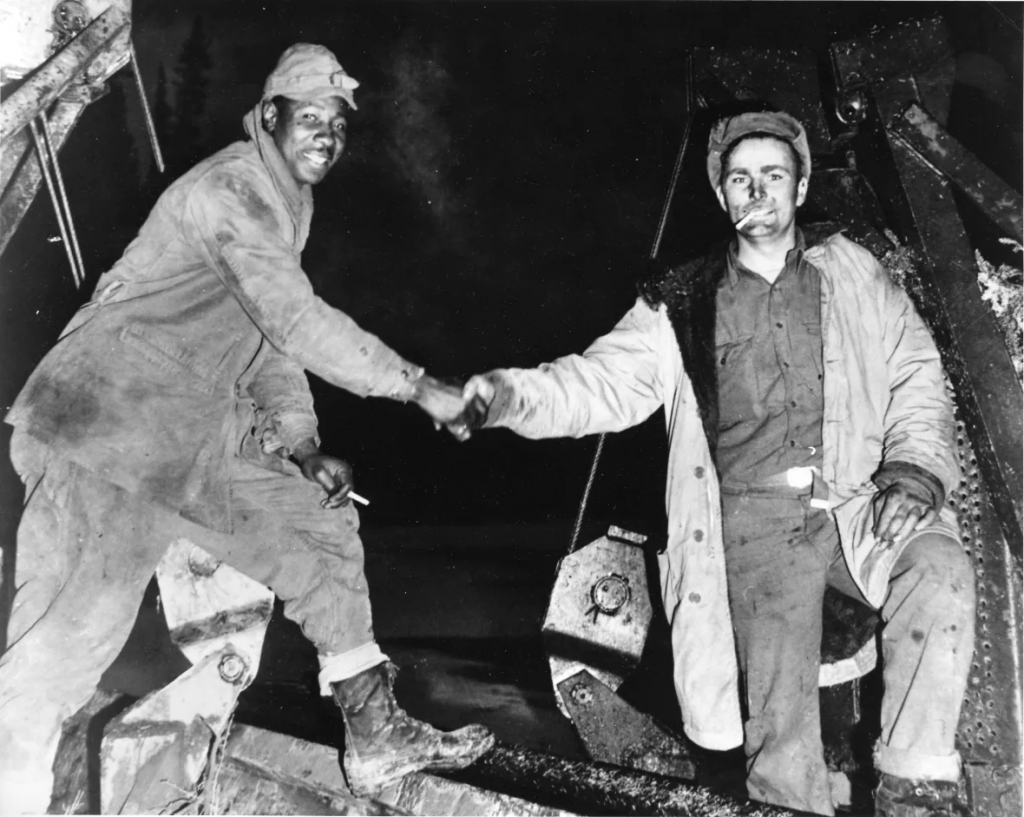
The Canadian section was turned over to Canada in April 1946 and opened to the general public in 1948.
Mile 0 of the Alaska Highway is in Dawson Creek, B.C., where photos and artifacts from its construction — including the history of the Black soldiers who helped build it — are preserved at the Visitor’s Centre, local art gallery and the Pioneer Village.
The highway has become a popular tourist destination of its own, drawing Canadians, Americans and people from around the world to drive it every summer.
Related stories from around the North:
Canada: Celebrations begin Saturday to mark 50 years of Yukon land claims history, CBC News
United States: How Inuit culture helped unlock power of classical score for Inupiaq violinist, Eye on the Arctic

